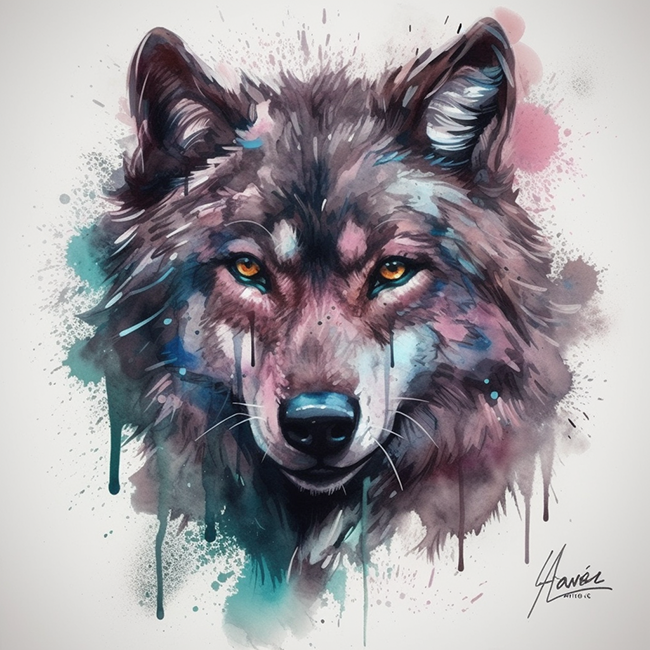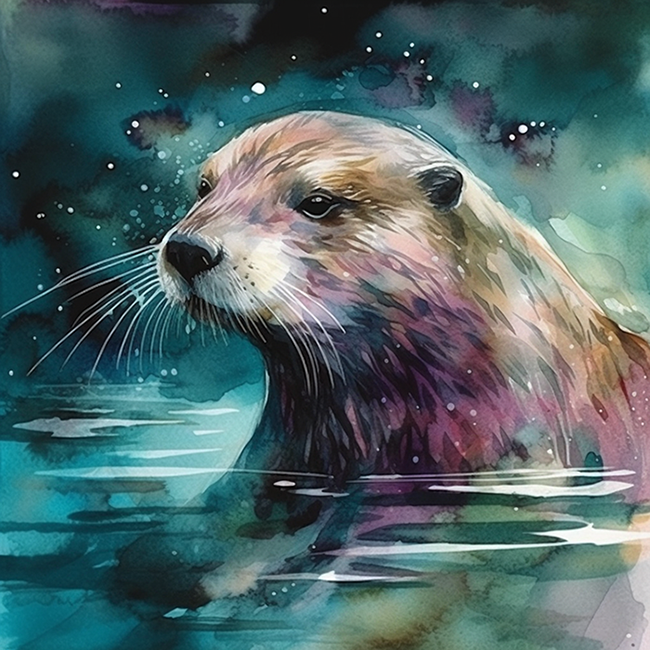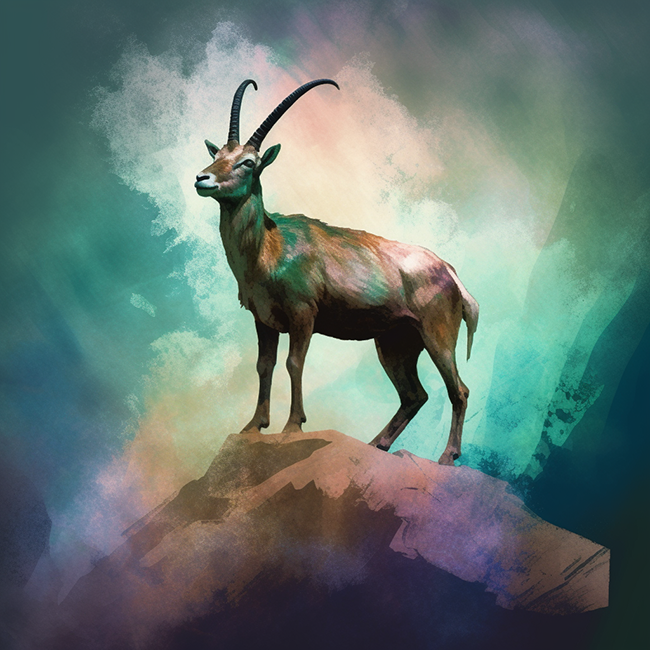What are spirit animals in Celtic paganism?

Celtic paganism centers itself in the wild god of the world. And for that god, the human realm is interwoven within the natural and magical. Our place within these realms is as but a drop of water in the ocean. Celtic paganism isn’t all about we humans. It’s about we the universe.
As such, the divine takes many forms. Trees. Rivers. Stones. The sun. Eagles. Bears. Foxes. Hares. These symbols and messengers of the spirit are as worthy of worship as our man-made saints, gods, and scriptures. A spirit animal is only one form of and guide to the sacred.
While many believe that spirit animals are archetypes of the divine, this is technically wrong. Spirit animals are unique, living creatures that we befriend and look to for guidance and encouragement. We cannot befriend archetypes, just as we can’t have relationships with the category dogs or worship the archetype of skill and justice. We can only befriend a dog and can worship a god, such as Lugh. In the same way, we can only have relationships with a spirit animal. But as with all meaningful relationships, be it to a god, a friend, or a fox, they should reveal and lead us to the archetypal truths beyond the veil of appearances.
Throughout human history, spirit animals have been that guide to the beyond. They have served as leaders and sources of inspiration for personal development, communal bonding, connection to the natural world, theurgy, and union with the sacred. In what follows, we’ll look at what a spirit animal is and their role in Celtic spiritual life. Later articles will dive into these topics in greater detail.

Spirit Animals Alive
“Do they really exist?” is a question that has been asked for as long as humans have worshiped the unseen. My response is another question: do dreams really exist? We experience them. We remember them. They are messengers from an invisible realm which can determine our fate. They can rattle us and change the course of our life. Yes, spirit animals exist. And not only do they exist, but they are truer than the oranges on our kitchen table.
Do they exist in the same way as the oranges? No. Like dreams, spirit animals represent potent, unseen realities that come to consciousness through living symbol. That living symbol is unique and aware. It has a name, not just brown bear or white-tailed eagle. It changes, acts independently, feels, pursues its own agendas, and has its own personality.
A spirit animal cannot directly fetch me a beer or put a few more 0s in my bank account because it doesn’t exist as such. What it can do, however, is pull on the inscrutable, wild god of the world to push things in that direction. I get a few more emails from clients than I would otherwise. I stumble across just the right book unexpectedly. My wife thinks to offer me a beer - or I just get one myself.
Modern Western culture is wildly materialistic. Myths are on life-support. Symbols are largely irrelevant. The truths of the spirit animal now seem quaint or irrelevant. They are not. They speak to something more primal than our blood, more intimate than our dreams. Ancient, inhuman*1 truths that we know but have forgotten. We have neglected them at great cost. Spirit animals remind us.

The Role of Spirit Animals in Celtic Paganism
As conduits of the inhuman and unseen, spirit animals play a role similar to the gods, fulfilling five primary functions as totems of personal development, community, the natural and magical world, and Oneness.
Personally, spirit animals work as scaffolding for growth. If a pagan wants to level up their fierceness, they can befriend bears. If they're going to tap into playfulness, they might befriend otters or hares. If they're going to sharpen their mind and vision, they might look to salmon or eagles. Whatever animal they choose, they then meditate on its image. Sketch it. Decorate their home with images of them. Watch documentaries about them. Speak to them in visions and dreams. Ask them for guidance. By consistently engaging with the animal in this way, the pagan internalizes and becomes them.
Communally, spirit animals serve as the guardians or ancestors of a tribe or family. Many indigenous tribes still identify with an animal, which acts as a compass, protector, and uniter. A form of this continues in the present as mascots for sports teams or companies. They’re often inhuman, symbolically potent, and bring disparate people together under a shared cause. In a religious context, however, branding goes ten steps further, incorporating the spirit animal into shared rituals, songs, values, and myths. These forces combine to create a dense matrix of meaning in which the individual and the community feel connected and united in their sense of self, place, and purpose.
And in contrast to the very human gods, spirit animals are a form of the divine rooted in the inhuman world. Rather than being an other to be dominated and used, their worship brings us to a more level relationship with the natural as divine. By incorporating spirit animals into worship, art, and story, the natural world and its inhabitants are seen as an integral part of our existence and of equal beauty, dignity, and divinity.
Magically, spirit animals serve as guides to the inhuman world and psychic symbols for spells. As guides, spirit animals are ideal because they are liminal creatures, conscious and, yet deeply embedded within the inhuman world. Calling on them in journeying practices, spirit animals can guide pagans into the world of vision. As psychic symbols for spells, animals embody ancient powers that strengthen magical work.
Finally, at the highest level of the sacred, spirit animals are mirrors of and paths to the One. As in the magical realm, they are well-positioned to serve in this role due to their liminal status, blurring lines between the human and inhuman, the sacred and profane, the sentient and insentient. Accessing Oneness via spirit animals often follows as a result of intense meditation. However, sometimes the doorway to the divine is found in the most unexpected of places, oft set ajar with the aid of a four-legged friend.
Spirit Animals: The Heartwood of Celtic Pagan Life
Their importance cannot be overstated. They serve as guides, teachers, and sources of inspiration in key areas of religious life. Positioned between worlds, they are the messengers of the divine that our industrialized, alienated, and human-centered world needs now more than ever to reconnect to the wild god of the world, to strengthen ourselves, our communities, and our lands.
*1. Inhuman here means non-human and is a nod to the poet Robinson Jeffers.